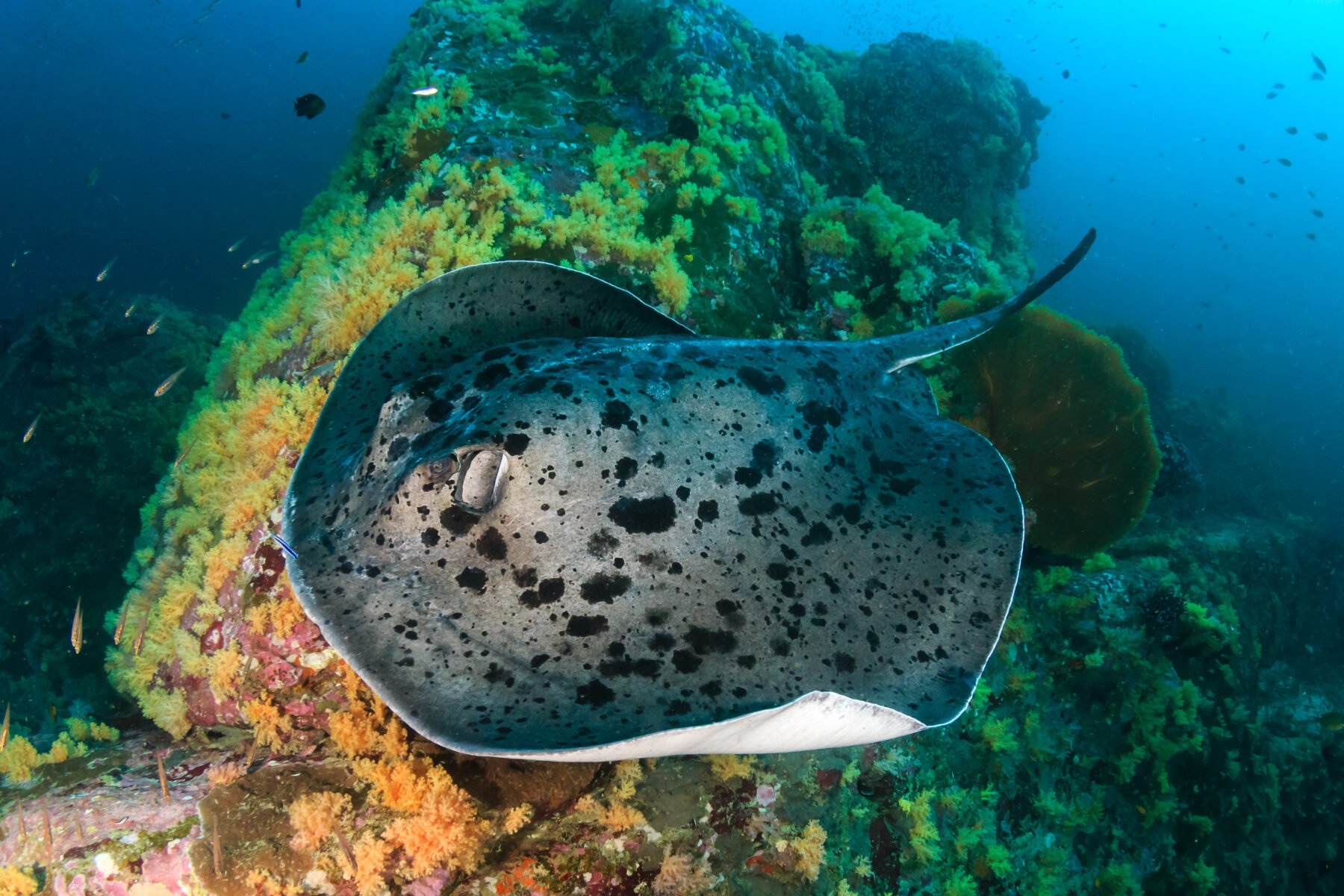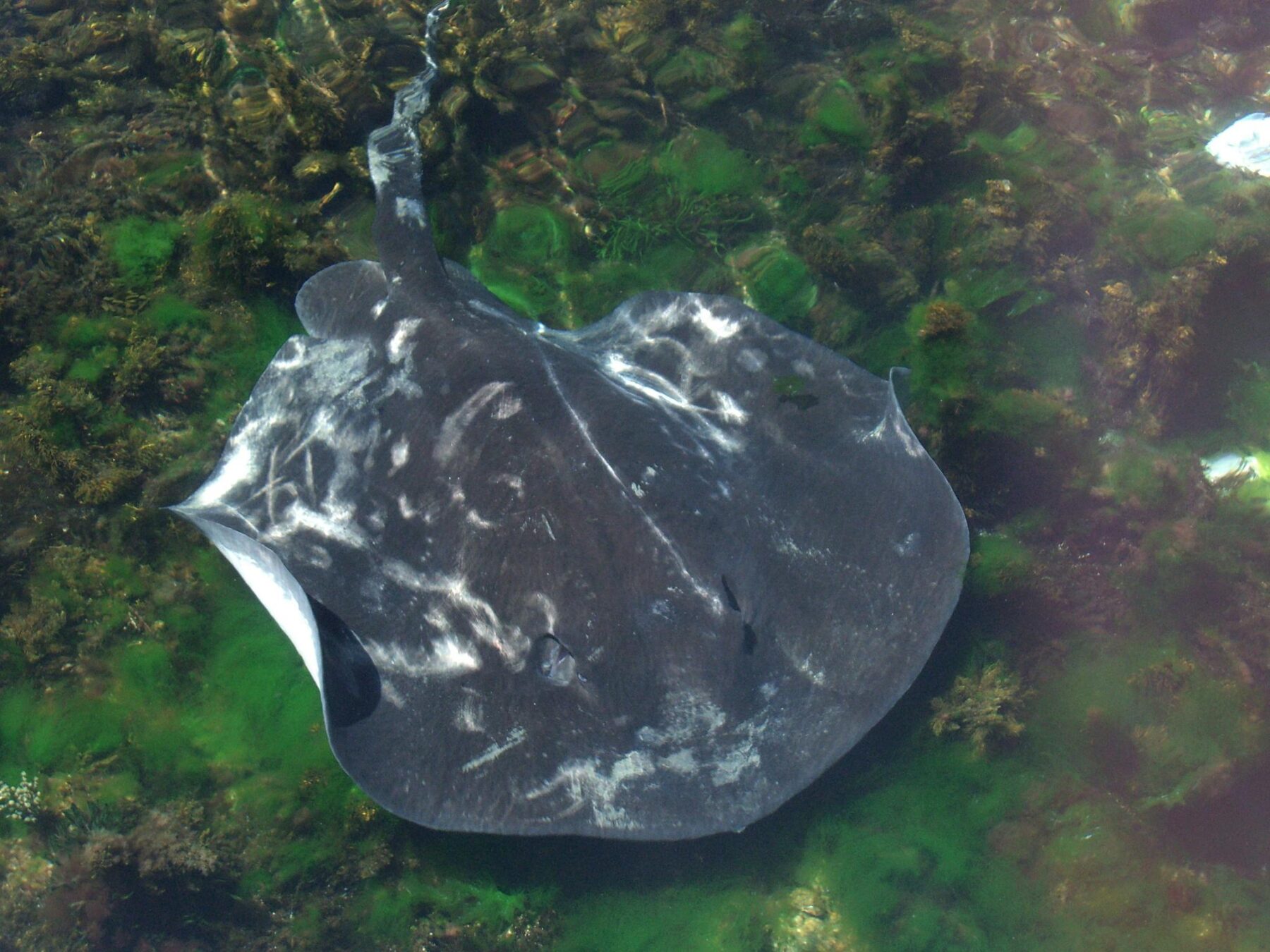Stingrays: the misunderstood creatures of the sea

As a marine biologist with more than 4000 dives to my name, I can testify that every single stingray encounter I’ve ever had has been at the very least an enjoyable experience, and at its best a once in a lifetime interaction with a wonderfully inquisitive and gentle marine animal. As a lecturer and teacher, however, I am shocked that this is not the reaction that my students feel when the topic of stingrays come up.
I am increasingly concerned that just as the movie Jaws inspired a generation to be terrified of sharks, and the death of Steve Irwin (as a result of a stingray barb to his heart in a tragic accident in 2006) has instilled an unjustified – but nonetheless real – fear of stingrays. In its extreme, this fear has led to the death and mutilation of many stingrays around Australia.
A bad rap for stingrays
It’s not clear exactly which species of stingray it was that tragically took Steve Irwin’s life, but from all accounts it seems most likely to have been a blotched fantail ray (Taeniura meyeni) – a large species of ray common to the area where the accident occurred. It doesn’t really matter which species was involved, however, as it seems that many people – and certainly almost all my students – are genuinely scared of all stingrays regardless of size (though obviously the larger species inspire the most fear).

This is despite the fact that stingrays are not naturally aggressive. Of course any animal that is cornered or scared can be dangerous, just as a stray dog can be dangerous if backed into a corner. For this reason I am certainly not advocating keeping them as pets for instance, or that anyone should approach, chase or deliberately touch these fascinating creatures; but neither should they be held in fear – just cautious respect.
Inquisitive, playful creatures
In my experience, stingrays can be amazingly inquisitive creatures, often swimming by to check out the odd animal (me) then doubling back a moment later for a second and often a third look at this ungainly, noisy, bubble blowing creature.
In a recent encounter I found myself playing with a very large smooth stingray (Dasyatis brevicaudata) in a manner that reminded me of playing with a puppy. When I free-dived to the bottom the ray would swim over the top of me and gently nuzzle me, investigating exactly what I was, it seemed.

I felt incredibly privileged to be in a position to experience something like this, but it also made me realise that most, if not all, of my students would have swum away in shrieking terror rather than interact with this gentle giant. It’s my hope that with education and understanding we can overcome these fears and learn to accept these beautiful and awe-inspiring creatures for the natural wonder that they are.
Richard Wylie is a marine biologist and senior lecturer at Monash University in Melbourne. He is also the director of Euakafa Island Research Station in Tonga.





